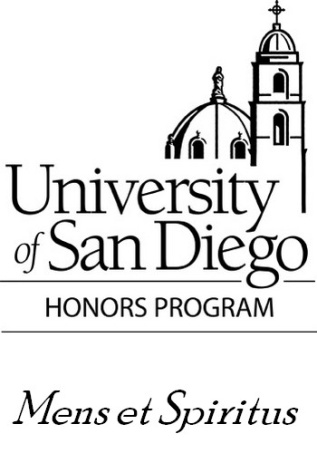Date of Award
Spring 5-17-2016
Document Type
Undergraduate Honors Thesis
Degree Name
Bachelor of Arts in Art History
Department
Art, Architecture + Art History
Advisor
Dr. Leeva Chung
Advisor
Dr. Sally Yard
Advisor
Allison Wiese
Abstract
This present case study explores how language styles and power distance led to miscommunication between an administrator and student via computer mediated communication. Email exchanges were examined using textual analysis between an administrator and an undergraduate student. Results indicate high-context and low-context communication and power distance roles led to problematic actions and decisions. Furthermore, divergent speech with regard to communication styles was an additional problematic. Implications of the results specific examples of how this interaction could have been prevented were discussed.
Digital USD Citation
Guild, Ivy M., "Academic Freedom, Public Art, & Private Universities: Examining the Expression of Communication at USD" (2016). Undergraduate Honors Theses. 24.
https://digital.sandiego.edu/honors_theses/24
Included in
Communication Technology and New Media Commons, International and Intercultural Communication Commons, Interpersonal and Small Group Communication Commons



Comments
The purpose of this study was to analyze the e-mail transcriptions between a student and administrator to determine high/low context communication, power distance, and divergence, in order to explain the miscommunication that occurred between them. The specific case study stems from a series of controversial events that occurred at the University of San Diego during the spring of 2015. The case study revolves around a student’s guerilla art show and the destruction of her thesis work. Research revealed an e-mail thread between a student and an administrator that started a series of events, which resulted in the creation of a new public art process at the University of San Diego. This study seeks to understand the communication pattern that occurred between the student and the administrator to determine what communication studies factors led them to miscommunication. In this study, an analysis of high/low-context communication will examine differences in communication styles, as will an analysis of power distance and formality. The qualitative results are discussed in terms of the cultural frameworks used in the analyses, as well as noticeable trends.